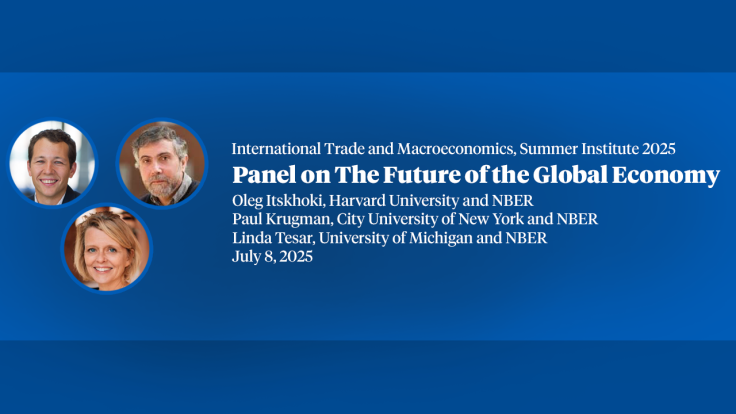Interest Rate Uncertainty as a Policy Tool
We study an unconventional policy tool–interest rate uncertainty–that may be used to discourage inefficient capital inflows and to adjust the composition of external accounts between short-term securities and foreign direct investment (FDI). Identified interest rate volatility shocks in several emerging markets cause a decline in GDP growth, increase in inflation, an improvement in the current account, and a depreciation in real exchange rate. Using a calibrated open-economy New Keynesian model, we introduce an interest rate uncertainty policy rule that adjusts the volatility of emerging market economy interest rate shocks in response to drivers of capital flows. The uncertainty policy discourages short-term inflows through portfolio risk and consumption smoothing channels. A markup channel combined with exchange rate depreciation generates FDI inflows. The transmission of uncertainty via markups is influenced by the extent of exchange rate pass-through. The uncertainty policy may be welfare improving if designed against uncertainty shocks that drive capital flows. However, it may be welfare reducing against level shocks that drive capital inflows. We further investigate new channels under different scenarios, including various assumptions about currency of export invoicing, varying degrees of risk aversion, interaction with different types of Taylor rules, and effective-lower-bound in the rest of the world.
-
-
Copy CitationFabio Ghironi and G. Kemal Ozhan, "Interest Rate Uncertainty as a Policy Tool," NBER Working Paper 27084 (2020), https://doi.org/10.3386/w27084.Download Citation
-


